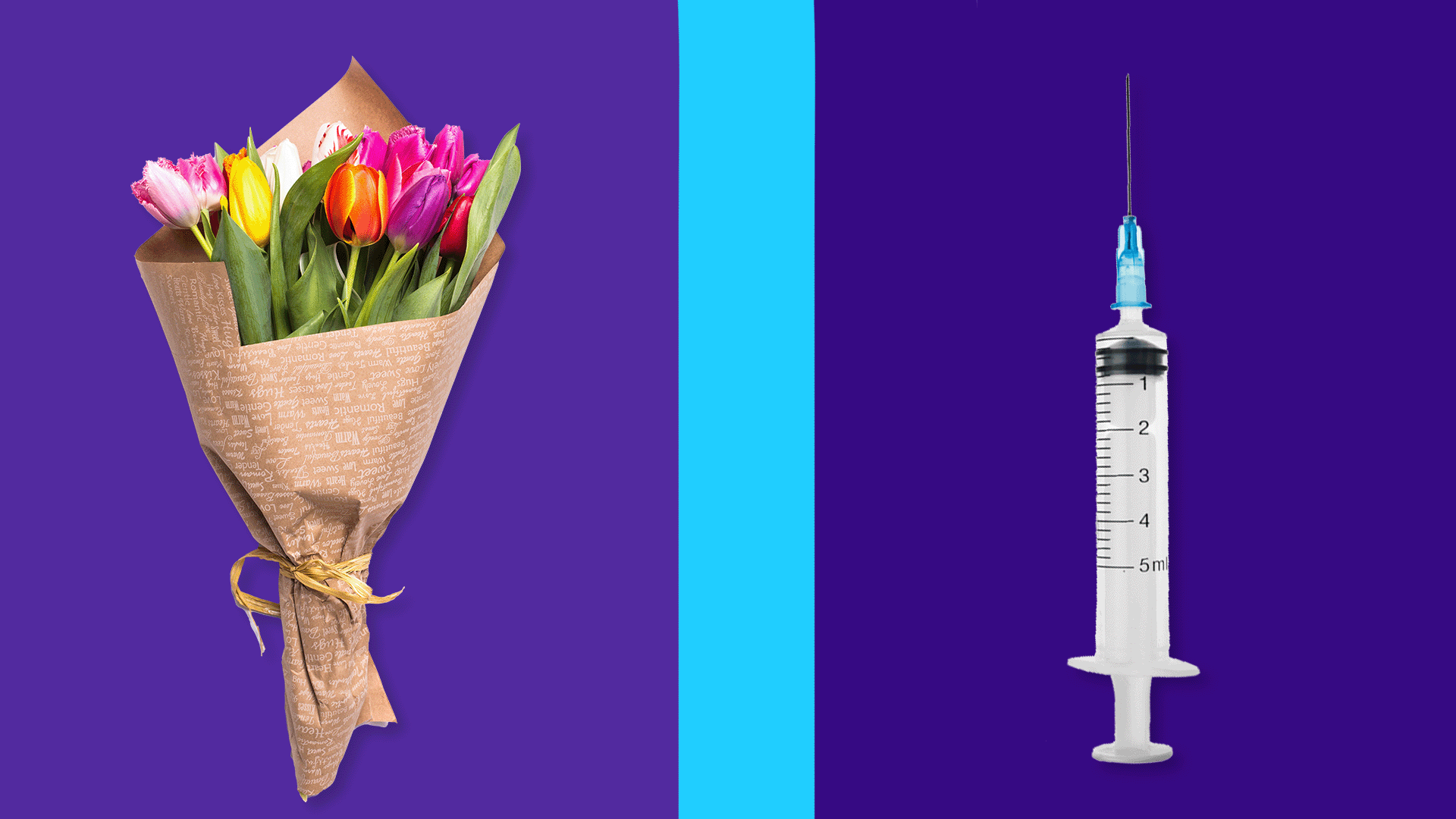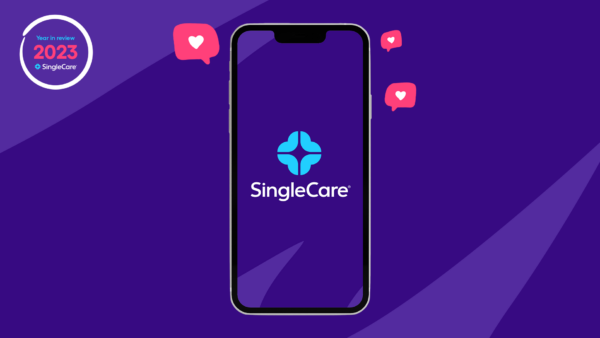I never had allergies as a kid. But then in my 30s, after I became a mom, my nose ran like a faucet and I constantly coughed or sneezed. My primary care provider prescribed Flonase and Allegra-D for my allergy symptoms. The medications provided some relief, but I still toted a box of tissues everywhere I went. A friend noticed my constant sniffling and suggested I look into allergy shots (also known as allergen immunotherapy). I didn’t really know what allergy shots were—but I was willing to investigate further.
I scheduled an appointment with an allergist, a physician who specializes in the diagnosis and treatment of allergies (sinus, food, skin) or asthma. After discussing my symptoms and explaining how allergy medications weren’t effective, the specialist explained the first step was to diagnose what I was allergic to, aka my allergy trigger. Then if I were eligible, I could receive allergy shots.
Diagnosing allergies
I moved forward with the first step of diagnosing the allergies with a skin test. The nurse had a contraption that had lots of small needles attached to it. She explained that she would poke all the needles at the same time into my forearm with different allergens like pollen and dust mites. I was worried about the pain factor, but it only felt like a small pinch. Then after about 15 minutes she checked to see if I had a reaction to any of the allergens. I only reacted to the control sample that is supposed to show a reaction.
The nurse then had to move to the next step of injecting each allergen using a needle into my upper arm. This sounded like a higher pain factor and more time consuming. It definitely was, but it wasn’t as bad as I thought it would be. This time I had a reaction to dust mites, dogs, and mold.
How do allergy shots work?
“Allergy immunotherapy involves helping the immune system gradually be exposed to the allergen so that the body gets used to the allergen,” says Payel Gupta, MD, a triple board-certified physician in pediatrics, allergy and immunology, and internal medicine.
My allergist explained that an allergy shot is when a small amount of what you are allergic to is injected into the skin. He cautioned that in order for the allergy shots to work, I would need to be willing to make a commitment of getting the shots for three to five years on a schedule. In the beginning, or build-up phase, I would receive a shot once a week for about six months. Then, I would receive a shot every two weeks for a few months. Finally, I would taper off to once a month for the maintenance phase. Even though there is a time commitment involved, most people either see an improvement or no longer are allergic to the allergen after finishing treatment.
My insurance covered the cost of the allergy shots in full. I only had to pay a $25 copay when I saw my provider for the initial visit—I didn’t have to pay each time I received an allergy shot. Without insurance, allergy shots can cost as much as $2500 for the full duration of treatment. However, over a lifetime they can end up being less expensive than taking a daily medication.
“Most patients may notice symptoms improving during the build up phase of allergy shots. It may take 12 months on the maintenance dose to notice significant improvement,” says Nana Mireku, MD, a pediatric allergist at Family Allergy and Asthma Care in Texas. Being the mom of three young kids, I was concerned about the time commitment, but I was willing to try if it meant ending my dependence on tissues. So I decided to try allergy shots.
My experience with allergy shots
During the first visit I was really nervous. The nurse explained that I might have a reaction to the shots, so during every appointment I would have to wait 15-20 minutes after receiving the shot to see if I had a reaction. With my 2-year-old daughter next to me, holding my hand (more for my support than hers), I braced for the nurse to inject me with the needle filled with substances I knew I was allergic to. I felt a slight pinch and then a little bit of burning and then it was all over in seconds. I read some children’s books to my daughter while we waited to be sent home. Luckily, I didn’t have any reaction.
This became our weekly routine and then tapered off as the doctor had explained when I first began. After two years of treatments, I was tested again for allergies. I was no longer allergic to dust mites and dogs. I was still allergic to mold but the allergist said often that allergen does not respond well to the allergy shots. He told me that I could continue to receive the shots for mold for another three years, but that I still might be allergic.
“Allergy shots only work if we are able to reach the doses we need to reach and if someone consistently gets their maintenance dose to allow for the body to change the way it reacts to the things you are allergic to,” says Gupta.
After the two years of shots, I noticed my tissue supply hardly needed replenishing. I also didn’t need to carry around a pack of tissues in my pocket anymore. So I decided not to continue getting the shots.
RELATED: The best allergy medicine for kids
Are allergy shots worth it?
I finished getting my last allergy shots 10 years ago and I’m so happy with my decision. I still take allergy medications, but my symptoms are mild. If you aren’t able to make the time commitment or afford allergy shots, there are other options. Talk to your healthcare provider about prescription-strength medication, or using allergy drops at home. You don’t have to live with sniffling and sneezing forever.











